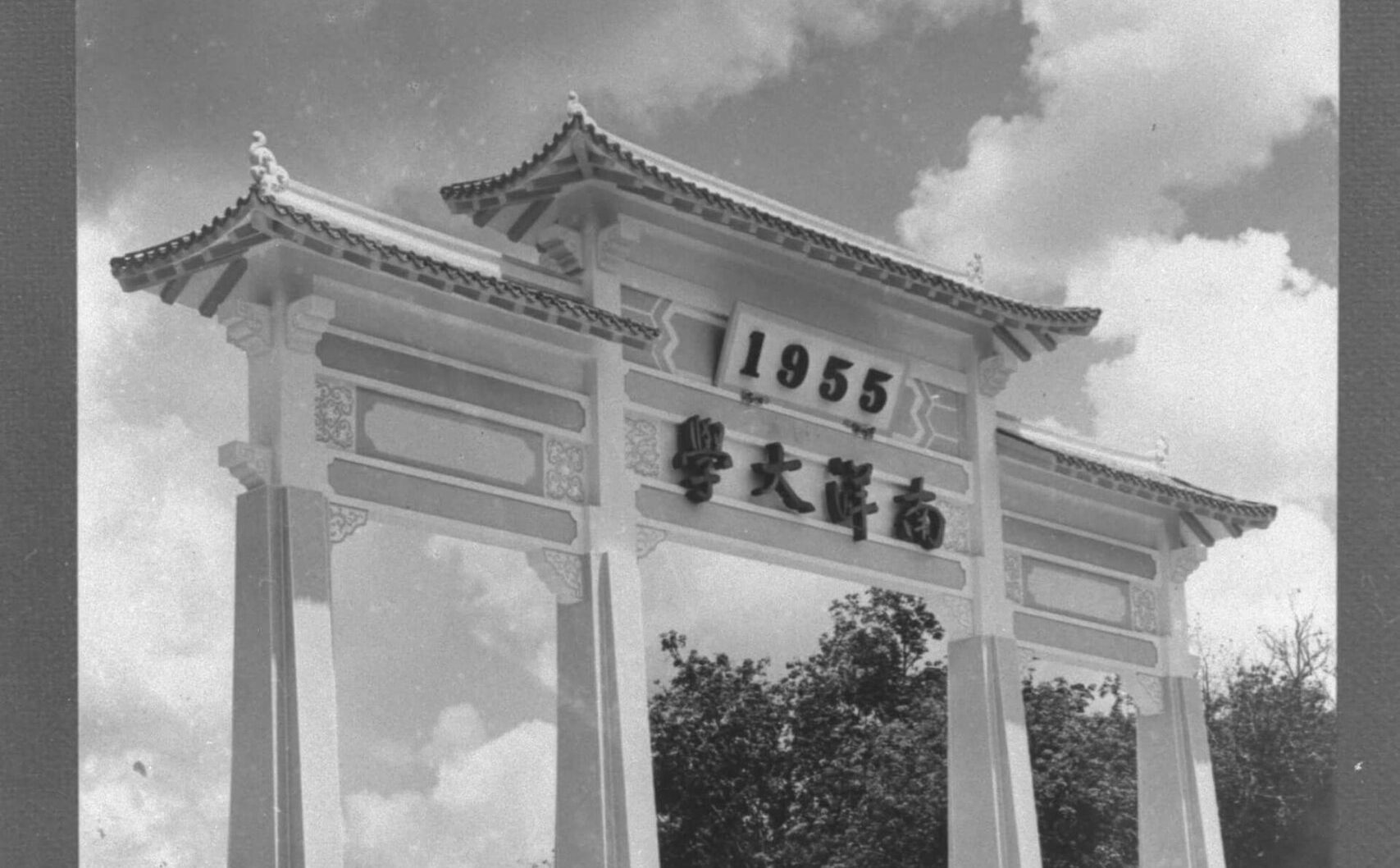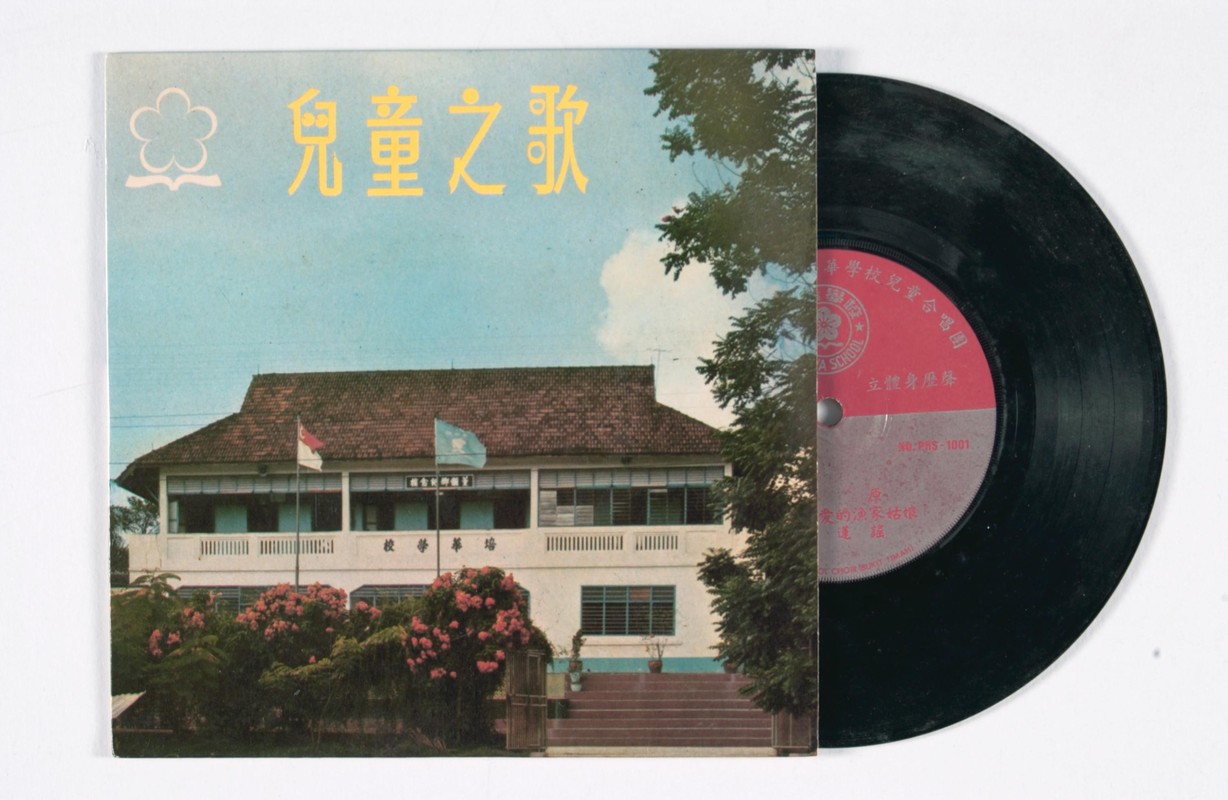The Hainan dialect in Singapore
The Hainan dialect, or Hainanese, is one of the five major Chinese dialects in Singapore.
Singapore’s Hainanese people originate mainly from areas such as Qiongshan, Wenchang, Qiongdong, Wanning, and Lehui in Hainan Island (formerly known as Qiongzhou) in China. According to official census data, and linguistic studies by scholars such as Woon Wee Lee, the proportion of Hainanese in the population decreased, from 9.6% in 1881 to 6.1% in 2020. As of 2020, there are approximately 183,000 Hainanese people in Singapore.1
Hainanese is a variety of the Minnan dialect group. Due to its origins in diverse places, there are variations in how Hainanese is spoken. It can be further divided based on accent differences into varieties such as the Wenchang, Qionghai, Haikou, and Wanning dialects. The Wenchang dialect is the most representative of Hainanese, and is the primary dialect used for news broadcasting in Hainanese on local Chinese radio stations.
Phonology
The phonological system of the Hainanese dialect in Singapore includes 18 initial consonants, 47 vowels, and eight tones.
Among them, the pronunciation of initial consonants exhibits distinctive features. For instance, there is the presence of the bilabial fricative initial [Փ]. Some bilabial sounds in Minnan and Teochew dialects are pronounced as bilabial fricatives [Փ] in Hainanese, as seen in words like 拍 pai and 品 pin.
There are also voiced glottal fricative initials [Ɂb, Ɂd], where words like 布 bu and 饭 fan are pronounced with [Ɂb], while words like 刀 dao and 豆 dou are pronounced with [Ɂd]. These two phonetic characteristics are quite different from Hokkien and Teochew. In terms of pronunciation, there are two systems — the colloquial pronunciation and literary reading pronunciation. This characteristic is consistent with Hokkien and Teochew. Take some common surnames in the local context as examples:
- In colloquial pronunciation, the surname Zhang 张 is pronounced as [tiou], and in Romanised spelling, it is written as “Teo”. In literary reading pronunciation, it is pronounced as [ʨiaŋ].
- In colloquial pronunciation, the surname Huang 黄 is pronounced as [uei], and in Romanised spelling, it is written as “Wee”. In literary reading pronunciation, it is pronounced as [uaŋ].
- In colloquial pronunciation, the surname Chen 陈 is pronounced as [ɕiɛn] and in Romanised spelling, it can be written as “Sian” or “Sin”. In literary reading pronunciation, it is pronounced as [tan].
Among these, colloquial pronunciation is more commonly used in everyday conversation, while the literary reading pronunciation is mainly employed when mentioning names, idioms, poems, or classical texts and in similar contexts.
In addition, Hainanese has a significant number of “borrowed characters” (xundu zi). This refers to a phenomenon where the pronunciation of a term is borrowed from synonymous characters. Over time, this borrowed pronunciation becomes relatively fixed. Strictly speaking, the borrowed pronunciation is actually a kind of misreading. When local people use Chinese characters to record or mark words, the characters they use borrowed the meaning of the synonymous characters temporarily, without borrowing their pronunciation. These characters are then referred to as borrowed characters. In the entire Minnan dialect system, there are a number of borrowed characters. Some common examples in Hainanese include:
- 首 pronounced as [xau], as the borrowed character of 头 (head)
- 黑 pronounced as [ou], as the borrowed character of 乌 (black)
- 高 pronounced as [kuai], as the borrowed character of 悬 (high, hanging)
- 脚 pronounced as [xa], as the borrowed character of 骹 (foot)
Vocabulary and syntax
Hainanese has its own characteristics in terms of vocabulary and grammar. In the early days, many Hainanese people in Singapore worked for Europeans (commonly referred to as “da yanggong”, working for foreigners), and a significant number were employed in the food and beverage industry. As a result, vocabulary related to food in Hainanese often consisted of transliterations from English. For example, an apple is 阿布 a bu and a chef is referred to as 库克 “cooker”.
Grammatically speaking, Hainanese shares many basic similarities with Hokkien and Teochew, though one key difference is the position of the adverb 先 (first). For instance, to say, “You go first”, Hainanese would use the structure, 你先去 (“You first go”) instead of 你去先 (“You go first”), as is the case with those other dialects. However, in recent years, due to the influence of other dialects, there has been an adoption of the 你去过先 (“You go first”) in Hainanese.

From ‘Qiongzhou’ to ‘Hainan’
According to oral accounts of Hainanese individuals, the majority of Hainanese people on Hainan Island had migrated from the Chaozhou region. Discussing the relationship between the Hainanese, Hokkien, and Teochew dialects, linguist Woon Wee Lee remarks: “In the three regions of Minnan, Chaoshan, and Hainan, each dialect has its own characteristics, yet they are interconnected. Among them, the Chaoshan dialect serves as a middle ground, sharing similarities with both Minnan and Hainan dialects, while the differences between Minnan and Hainan dialects are naturally somewhat larger.”2 Therefore, Hainanese is not mutually intelligible with Hokkien or Teochew. Fortunately, Hokkien and Teochew are the main local dialects, and many Hainanese individuals can understand and speak Hokkien and Teochew, bridging the gap between dialects.”
Currently, the older generation of Hainanese individuals in Singapore can still speak the Hainanese dialect, while most of the younger generation cannot. Cultural and historical researchers such as Tan Swee Liang have noted that the Hainanese dialect is disappearing at a faster rate in Singapore compared to Hokkien and Teochew. On one hand, this is closely related to national language policies and bilingual education in English and Mandarin. On the other hand, it is also directly related to factors such as the smaller population of the Hainanese community, and a weaker sense of native language identity.
In earlier years, the Hainanese people referred to themselves as the Qiongzhou people. The character 琼qiong served as a distinctive marker for the Hainanese, for example in Qiong descent (qiongji), Qiong hometown (qiongxiang), Qiong dialect (qiongyu), our Qiong community (woqiong), and Qiong association (qionglianhui). After China revoked the administrative status of Hainan as part of Guangdong province in April 1988, and upgraded it to Hainan province, local community organisations replaced the term Qiongzhou with Hainan. In some names, the character qiong came to be replaced with hainan 海南.
In order to preserve Hainanese and Qiongzhou culture, various grassroots organisations formed by Hainanese people in Singapore — such as the Hainan Hwee Kuan, Kiung Chow Tin Hou Kong Temple, and Hainan Chen Clan Association — often organise Hainanese conversation classes, singing classes, and performances of Hainanese folk songs. Over the years, some parents of newborns with Hainanese ancestry have also inquired into the Hainanese pronunciation of children’s names, as they aim to pass on their heritage to the next generation.
This is an edited and translated version of 新加坡的海南话. Click here to read original piece.
| 1 | Singapore Department of Statistics, Singapore Census of Population 2020, 48. |
| 2 | Woon Wee Lee, “Hainan minyu yuci de laiyuan ji minyu he wuyu de guanxi” [The sources of Hainan Min dialect vocabulary and the relationship between Min dialect and Wu dialect], Fangyan renwen cong kao [Miscellaneous research on dialect] (Singapore: The Youth Book Co., 2007), 127. |
Chen, Zhangtai and Li Rulong. Minyu yanjiu [Research on Min dialects]. Beijing: Language & Culture Press, 1991. | |
Tan, Suan Chyang, ed. Xinjiapo hainan huiguan qingzhu chengli 165 zhounian jinian tekan [Singapore Hainan Hwee Kuan 165th Anniversary Commemorative Issue]. Singapore: Hainan Hwee Kuan, 2019. | |
Woon, Wee Lee. Fangyan renwen cong kao [Miscellaneous research on dialect]. Singapore: The Youth Book Co., 2007. | |
Woon, Wee Lee. Hainan fangyan [Hainan dialect]. Macau: East Asia Publishing Limited, 1987. |










